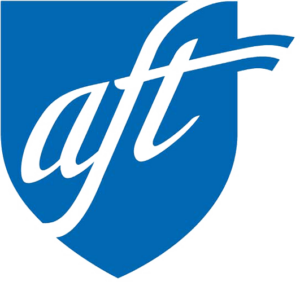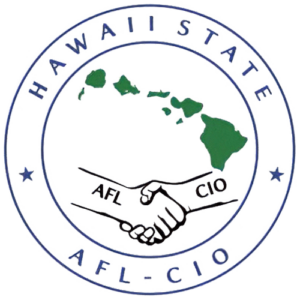Editor’s note: the below opinion piece by UHPA Executive Director Christian Fern appeared in the April 26, 2020 Honolulu Star Advertiser
Hawaii is caught between a rock and hard place. Our state constitution requires us to have a balanced budget, with a plan that shows anticipated revenue to cover projected expenditures. Although we’ve had budget deficits in the past, as a state we have generally been good about not spending more than what we generate.
Aggressive strategies worldwide to mitigate the spread of COVID-19 have been necessary, but it has come at a cost. State government officials project an estimated $1.5 billion drop in state tax revenue. It’s painfully clear difficult decisions must be made.
Although the pandemic has created unprecedented challenges, this is not our first encounter with an economic downturn in our state. We can learn from our experiences from the Great Recession that started in 2009. Good decisions helped to position us for better recovery, but bad decisions continue to haunt us and we are still paying for those.
Now is the time to make prudent, collaborative decisions to accelerate our economic recovery and plan the future we want for Hawai‘i.
Yet, Gov. David Ige unilaterally proposed a 20% pay cut for public employees. To many in the public sector, the pay cuts seemed to be a knee-jerk reaction that lacked careful thought and input. To make this more palatable, he later offered to cut his own pay and that of his cabinet team members, and then back-pedaled by offering to “look at all options” to balance the budget.
Those words offered a glimmer of hope that he is not focused only on cutting public employees’ pay.
During the Great Recession, we saw a significant decline in visitors to Hawaii and reduced spending by those visitors. We also saw a substantial loss of jobs in tourism, transportation, construction, retail and service industries, with a significant rise in unemployment rates. We also saw wages decline.
In the midst of those dismal trends, there was a bright spot. We saw enrollment in the University of Hawai‘i increase by nearly 20% at the four-year campuses and nearly 30% at the community colleges.
Counterintuitively, state general funds to support the UH dropped by about 30% per student during that time. The budget cuts forced the university to raise tuition rates, placing a burden on families already struggling to send their kids to college. We should not make the same mistake this time around and instead invest in Hawaii’s people appropriately. The University system must be ready and supported to offer relevant, quality training to its residents to restart the economy. A hiring freeze or staff reductions would only increase class sizes or cut entire classes.
Universities generally have countercyclical experiences during downturns in contrast to other sectors of the economy. Enrollment soars during downturns because while many are looking for a job, they return to the UH to learn new skills to become more job-ready and attractive candidates to employers. Faculty played a key role in preparing the workforce for the state’s recovery efforts in 2009, and need to continue to be on the frontlines to support our local economy. If Hawai‘i is to reduce its dependency on tourism, education through the UH is key to creating new opportunities for economic diversification and resilience.
Academic research led by UH faculty is another economic engine for the state that is often overlooked. The expertise and reputation of the faculty are able to attract millions of dollars in funding for research, which also creates jobs for graduate students and support staff.
When we receive the green light to venture out of our homes again, we know the world will be different from when we left it just about a month ago. We’ll need to be ready to hit the ground running. We cannot afford to make hasty decisions that create more harm than good, now and for our future.



